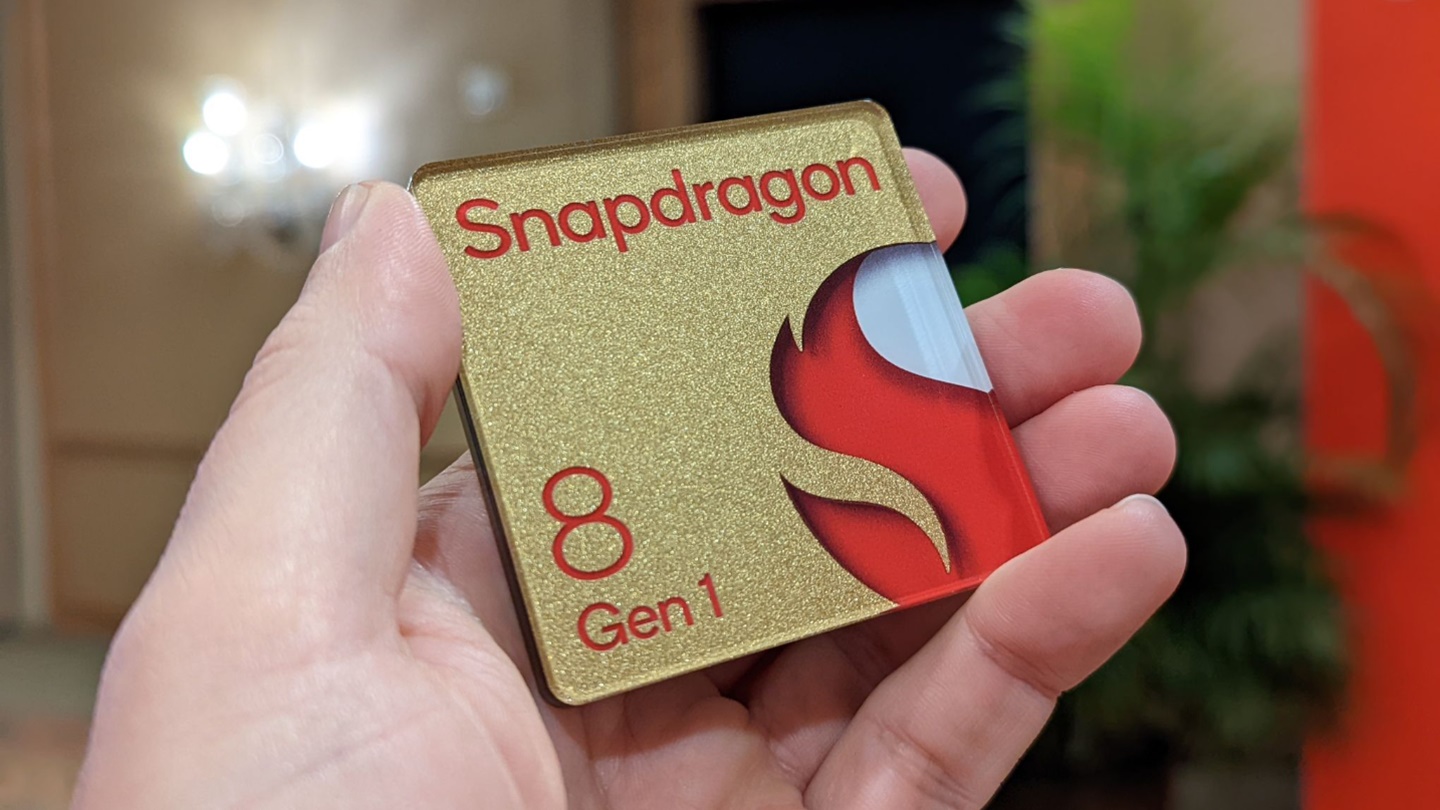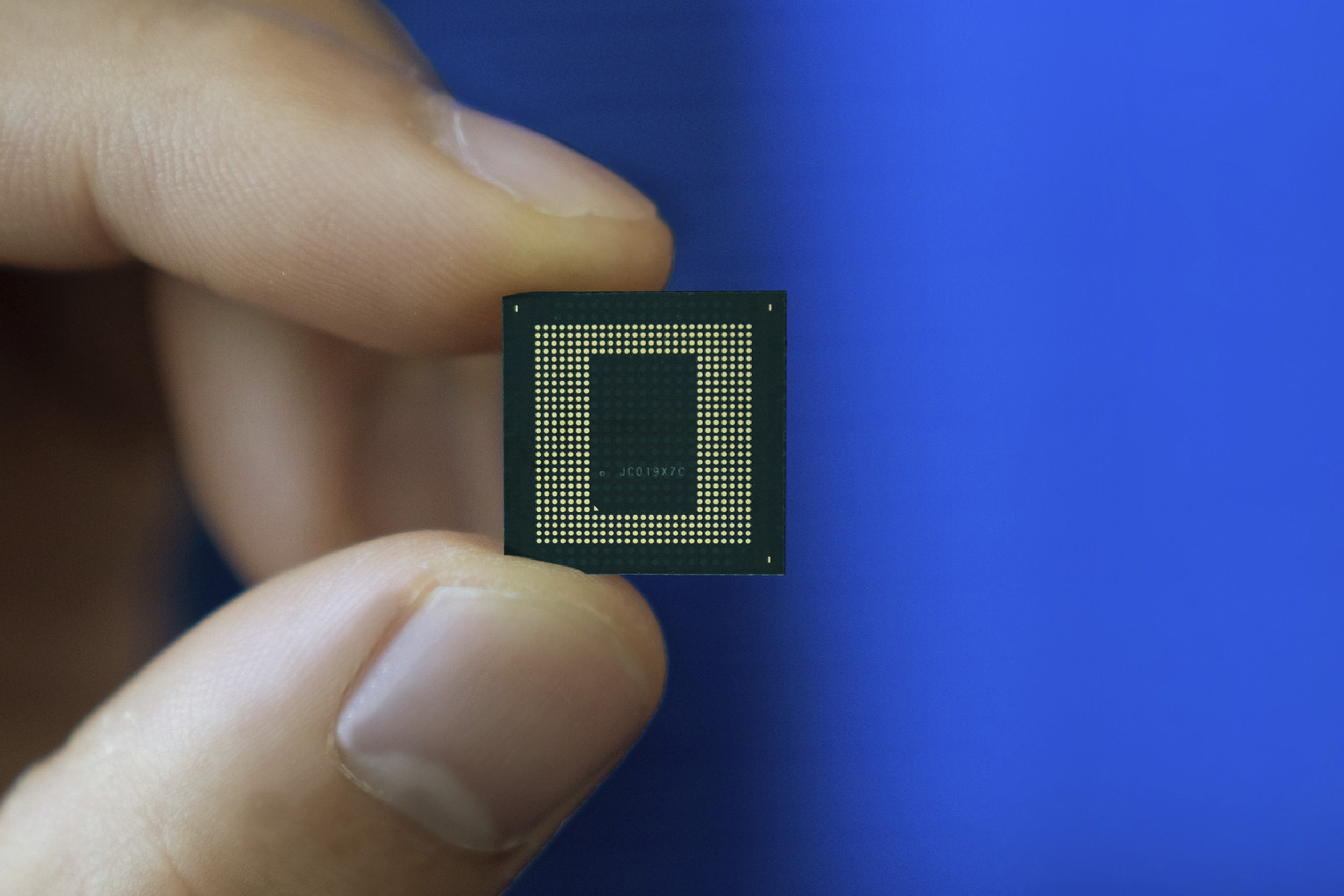Exploring Qualcomm’s production strategies and chip advancements through collaborations with Samsung and TSMC opens up a fascinating journey into the evolution of Snapdragon processors. As we delve into the world of cutting-edge technology, the partnership between Qualcomm and these leading manufacturers sheds light on the innovative strategies shaping the future of semiconductor production. Stay tuned to uncover the intricate details of Qualcomm’s production strategies and how they influence the advancement of chip technology, all tailored to optimize the performance of Snapdragon processors.

Qualcomm’s Collaboration for Dual Sourcing Production Strategy
Qualcomm strategically collaborates with Samsung and TSMC for chip production, leveraging the technological expertise of these industry giants. This partnership diversification enables Qualcomm to tap into the unique capabilities and capacities of each manufacturer, optimizing production efficiency and flexibility.
By engaging in dual sourcing production with Samsung and TSMC, Qualcomm mitigates the risks associated with relying solely on one manufacturer. This multi-faceted approach not only enhances supply chain resilience but also fosters innovation and competitiveness within the semiconductor industry. Qualcomm’s production strategies underscore a proactive stance towards mitigating potential disruptions and maximizing operational sustainability.

Production of Snapdragon 8 Gen 4 by TSMC
Qualcomm’s strategic move to have TSMC as the exclusive manufacturer for Snapdragon 8 Gen 4 speaks volumes about their production strategies. This decision showcases Qualcomm’s reliance on TSMC’s cutting-edge manufacturing capabilities and signals a strong commitment to leveraging TSMC’s expertise in semiconductor production.
The exclusivity of Snapdragon 8 Gen 4 production at TSMC suggests a deliberate choice by Qualcomm to optimize performance and efficiency. By entrusting TSMC with the manufacturing process, Qualcomm ensures that the Snapdragon 8 Gen 4 benefits from TSMC’s industry-leading technology and production standards. This aligns with Qualcomm’s goal of delivering top-notch chipsets to tech enthusiasts and industry professionals.
Qualcomm’s Recognition of Samsung’s SF2 2nm Process
Qualcomm is strategically acknowledging Samsung’s SF2 2nm process as a catalyst for heightened chip performance and power efficiency. The partnership seeks to address past collaborations on Snapdragon 888 and Snapdragon 8 Gen 1, which, despite potential, encountered performance discrepancies. Qualcomm’s production strategies pivot towards leveraging Samsung’s innovative 2nm process to revitalize chip fabrication prowess and meet market demands effectively.

Challenges with Snapdragon 888 and Snapdragon 8 Gen 1
The Qualcomm production strategies faced notable challenges with both the Snapdragon 888 and Snapdragon 8 Gen 1, as issues of overheating were observed. This raised concerns among tech enthusiasts and industry professionals, highlighting the complexities of optimizing performance while managing heat dissipation effectively.
Moreover, Qualcomm’s strategic decision to return to TSMC with the Snapdragon 8+ Gen 1 marked a significant shift in their production approach. This move signaled Qualcomm’s commitment to addressing production challenges and leveraging TSMC’s advanced manufacturing processes to enhance chip performance and reliability for future iterations.

Enhancements in Snapdragon 8 Gen 1 with 4nm TSMC Process
The latest Snapdragon 8 Gen 1 utilizing the advanced 4nm TSMC process signifies a significant leap in Qualcomm’s production strategies. This move underscores Qualcomm’s commitment to enhancing power efficiency and sustained performance in its flagship chipsets to cater to evolving market demands.
With the integration of the 4nm TSMC process in the Snapdragon 8 Gen 1, Qualcomm demonstrates a strategic approach towards optimizing chip performance. By leveraging TSMC’s cutting-edge technology, Qualcomm ensures that its latest chipset delivers superior power efficiency, enabling users to experience enhanced battery life without sacrificing performance.
Qualcomm’s decision to partner with TSMC for the production of the Snapdragon 8 Gen 1 highlights a key aspect of its production strategy – collaborating with industry leaders to leverage state-of-the-art manufacturing processes. This strategic move not only elevates the performance benchmarks of Qualcomm’s chipsets but also solidifies its position as a pioneer in adopting innovative production technologies.

Power Efficiency Improvements in Samsung’s Latest Exynos Chips
Samsung’s partnership with Qualcomm production strategies has yielded notable advancements in power efficiency in their latest Exynos chips. The Exynos 220 and Exynos 2400 stand out for their impressive strides in this area, showcasing Samsung’s commitment to enhancing performance while optimizing power consumption.
In the Galaxy S24 and S24 Plus models featuring the Exynos 2400, Samsung has managed to narrow the performance and power efficiency gaps significantly when compared to earlier chip iterations. This achievement underscores Samsung’s dedication to refining its semiconductor technology to deliver devices that excel in both performance and power management, meeting the evolving demands of tech-savvy consumers and industry professionals alike.
Uncertainty Surrounding Dual Sourcing Production Strategy Details
Amid discussions of Qualcomm production strategies, the mention of a dual sourcing approach by the CEO has sparked industry interest. However, the lack of specific details on the execution of this strategy leaves uncertainty regarding its intricacies and potential impact on chip development and supply chain operations.
Anticipation swirls around potential regional chipset variations akin to Samsung’s strategy, suggesting Qualcomm might adopt a similar diversified production model. The ambiguity surrounding how Qualcomm plans to navigate these variations and their implications on product consistency and market targeting adds a layer of complexity to the company’s production roadmap.
Despite the intriguing prospects of diversification, Qualcomm’s current emphasis on collaboration with TSMC raises questions about the extent of its dual-sourcing intentions. The prevailing focus on a single production partner leaves room for speculation on how Qualcomm aims to balance innovation, risk mitigation, and strategic partnerships within its production ecosystem. The interplay between these factors remains a point of interest for industry insiders tracking Qualcomm’s evolving production strategies.


